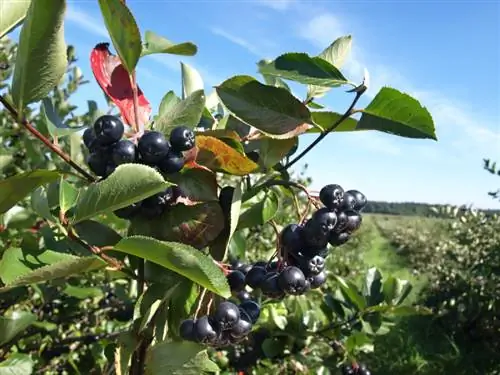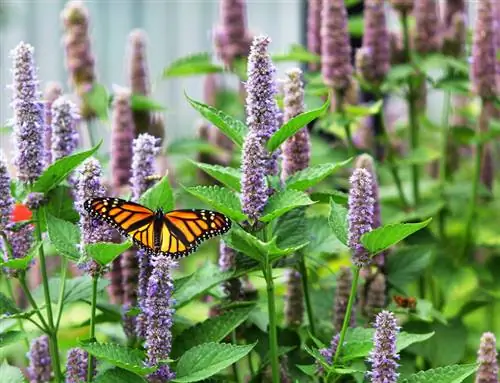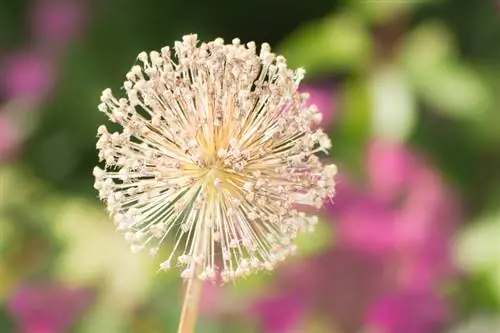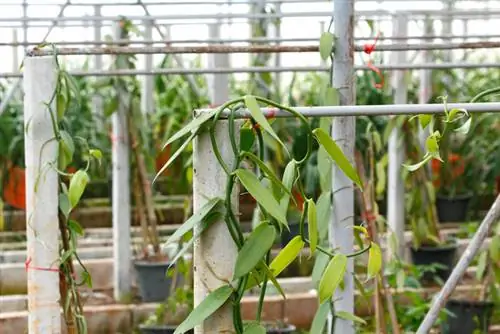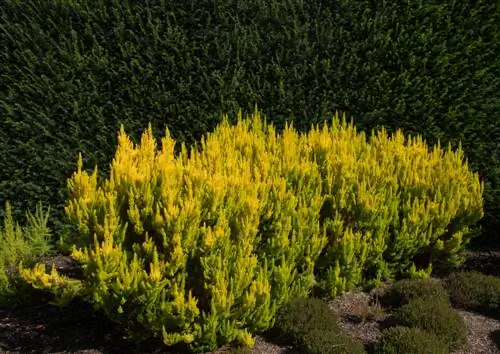- Author admin [email protected].
- Public 2023-12-16 16:46.
- Last modified 2025-01-23 11:20.
To grow vanilla beans on your own, you will look in vain for seeds in specialist stores. The seeds of a vanilla orchid are unsuitable for this purpose. It is better if you purchase a young plant that you encourage to bloom with loving care and pollinate manually. Find out how the process works successfully here.

How can I successfully grow vanilla?
To grow vanilla yourself, you should place a young vanilla orchid plant in a warm, bright location and water and fertilize it regularly. Manual pollination of flowers is necessary to achieve the formation of vanilla beans.
With the right care for flowering - this is how it works
The vanilla orchid wants a bright to sunny location with warm temperatures of 18 to 25 degrees Celsius all year round. Additionally, high humidity of 60 to 70 percent is ideal, making a bathroom or spa room perfect. If you pamper the demanding plant with this care, it won't take long for it to bloom:
- Only water the special orchid soil when it has dried thoroughly
- For watering, only use room temperature, lime-free water
- From April to September, supply half the concentration with liquid orchid fertilizer (€7.00 on Amazon) every 14 days
- Spray the vanilla with lime-free water every 2 to 3 days
Provide your vanilla orchid with a climbing aid or place it in a large hanging basket, always with sufficient access to sunlight.
Time window for pollination is only open for a short time
If your vanilla orchid has decided to bloom, a bud opens within the inflorescence for a few hours every day. Use this opportunity for manual pollination between 6 a.m. and 12 p.m. As a hermaphrodite plant, each flower has female and male organs that are only separated by a membrane. Use a toothpick to pick up the male pollen and transfer it to the female stigma underneath.
Over the next 6 to 9 months, the flowers will transform into long, green pods that, from a distance, resemble runner beans. The desired vanilla pulp ripens there. During this time, continue the care program unabated with moderate watering and regular fertilization.
Tip
Vanilla beans are mildly poisonous with frequent contact. The plant sap contained in flowers and leaves also causes skin irritation, which manifests itself in severe itching. If you grow vanilla in large quantities, we recommend wearing protective gloves for all care and harvesting work.


